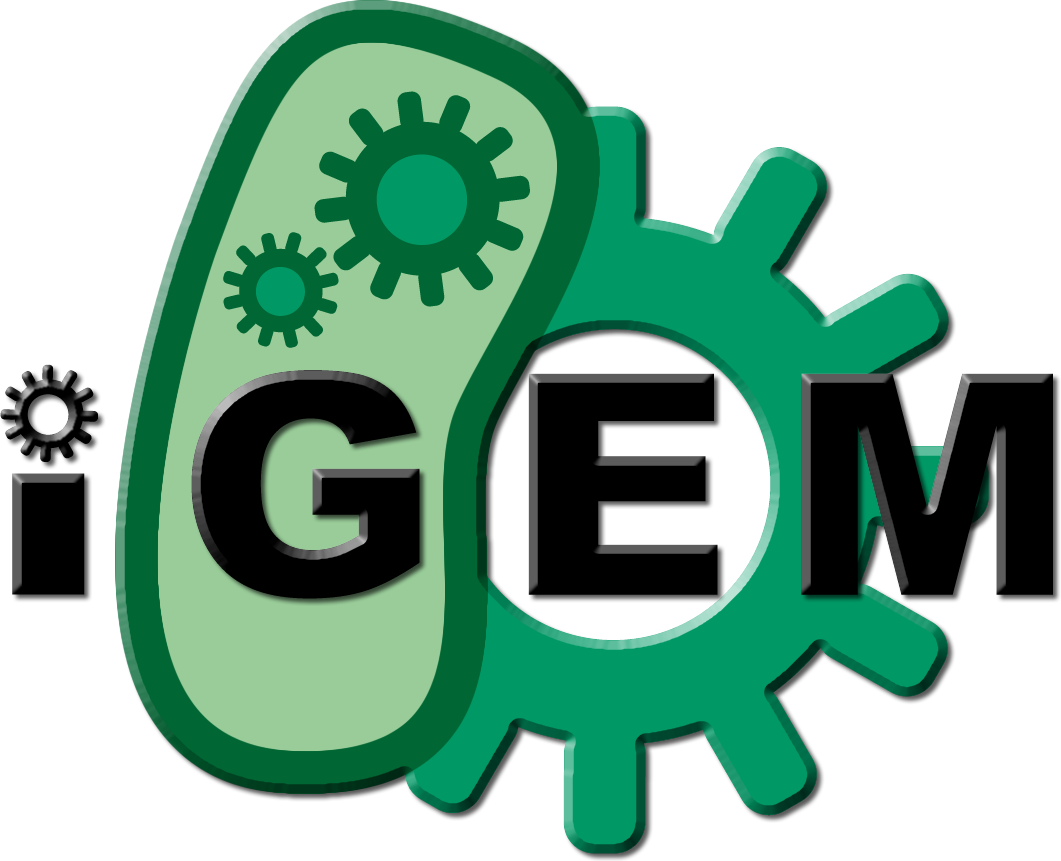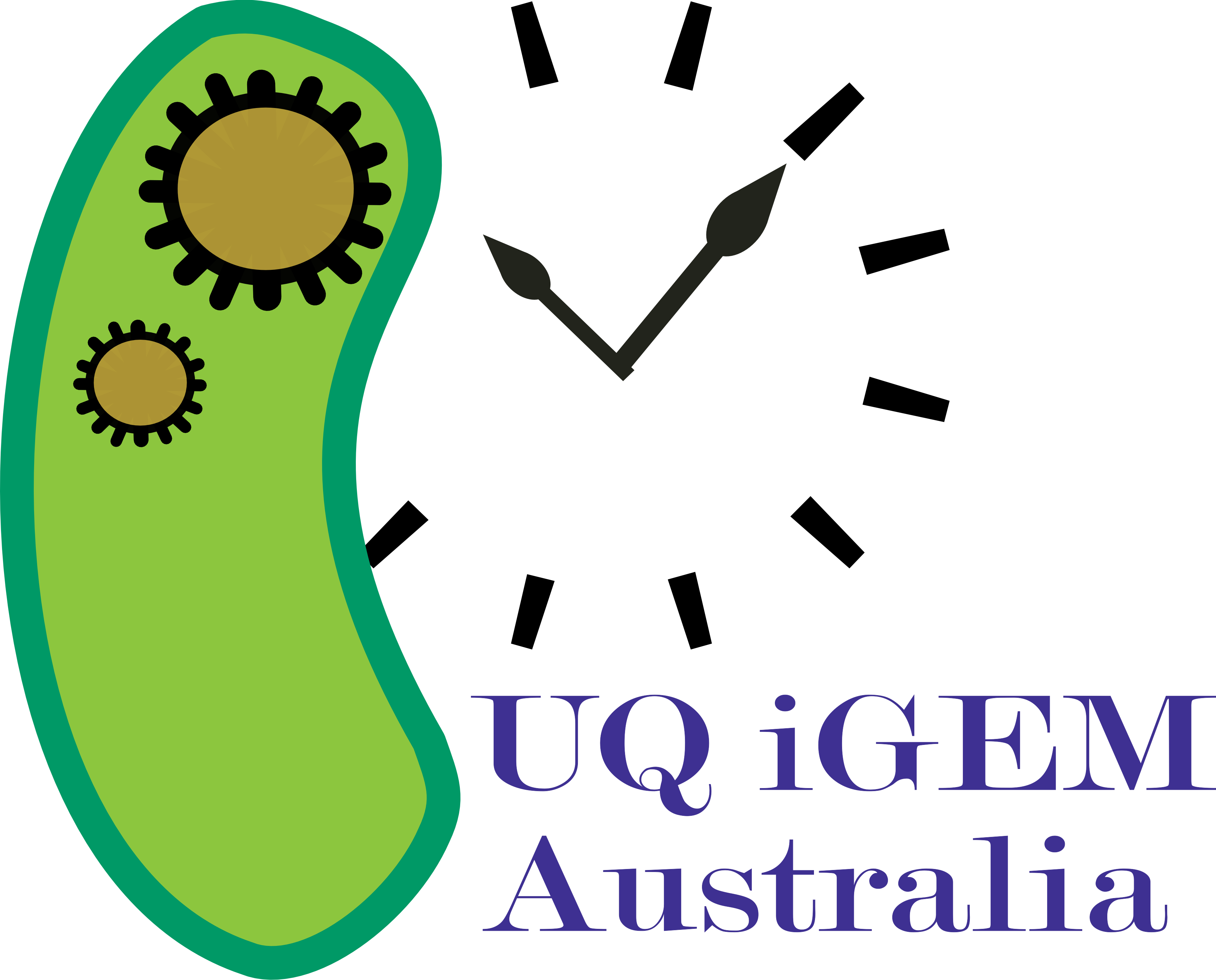Team:UQ-Australia/Data
From 2011.igem.org
(Difference between revisions)
| Line 1: | Line 1: | ||
{{:Team:UQ-Australia/Template:Header}} | {{:Team:UQ-Australia/Template:Header}} | ||
{|style="width:100%;" border="0" cellpadding="10" cellspacing="0" | {|style="width:100%;" border="0" cellpadding="10" cellspacing="0" | ||
| - | |rowspan="2"| | + | |rowspan="2"|A brief summary of some of our laboratory findings is included below. For more information, see the 'project' page. |
| - | + | ||
! width="125" |[[File:IGEM basic Logo stylized.png|125x125px|link=https://2011.igem.org]] | ! width="125" |[[File:IGEM basic Logo stylized.png|125x125px|link=https://2011.igem.org]] | ||
|- | |- | ||
Revision as of 16:16, 4 October 2011
 "
"









